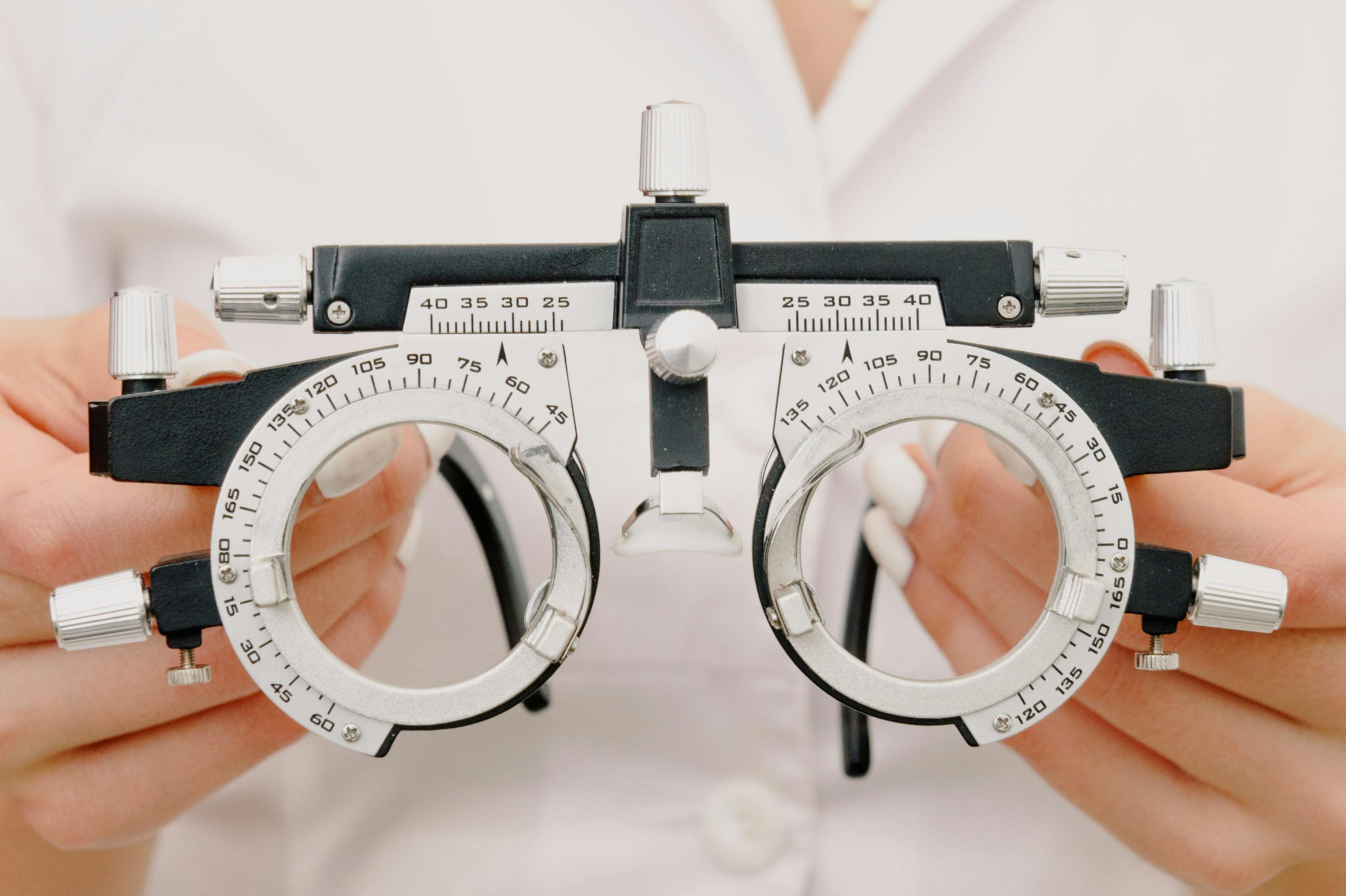Companies can choose any combination of debt and equity they want to finance their assets, subject to the willingness of investors to provide those funds. And, as we’ll see, there are many different combinations of debt and equity, or capital structures: In some companies, such as Chrysler Corporation, debt accounts for more than 70 percent of financing, while other companies, such as Microsoft, have little or no. debt.
In the following sections, we analyze the factors that affect a company’s capital structure and conclude that a company should try to determine what its optimal or best financing mix should be. But, you will find that determining the exact optimal capital structure is not a science, so after looking at a number of factors, a company establishes a target capital structure that it believes is optimal, which is then used as a guide to fundraising. in the future. . This objective may change over time as conditions change, but at any given time, company management has a specific capital structure in mind, and individual financing decisions must be consistent with this objective. If the actual debt ratio is below the target level, new funds are likely to be raised by issuing debt, while if the debt ratio is above the target, shares are likely to be sold to bring the company back to be in line with the target debt / asset ratio.
The capital structure policy involves a trade-off between risk and return. Using more debt increases the risk to the company’s earnings stream, but a higher debt ratio generally leads to a higher expected rate of return; And we know that the higher risk associated with higher debt tends to lower the share price. However, at the same time, the higher expected rate of return makes the stocks more attractive to investors, which, in turn, ultimately drives up the stock price. Therefore, the optimal capital structure is one that strikes a balance between risk and return to achieve our ultimate goal of maximizing the share price.
Four main factors influence capital structure decisions:
1. The first is the business risk of the company, or the risk that would be inherent in the operations of the company if it did not use debt. The higher the business risk of the business, the lower the optimal amount of debt.
2. The second key factor is the fiscal position of the company. One of the main reasons for using debt is that interest is tax deductible, which reduces the effective cost of debt. However, if much of a company’s income is already protected from tax by accelerated depreciation or unpaid tax losses, its tax rate will be low and the debt will not be as advantageous as it would be for a company with a tax rate. highest effective tax.
3. The third important consideration is financial flexibility or the ability to raise capital on reasonable terms and under adverse conditions. Corporate treasurers know that a constant supply of capital is necessary for stable operations which, in turn, are vital to long-term success. They also know that when there is a shortage of money in the economy, or when a company is experiencing operational difficulties, a strong balance sheet is needed to raise funds from providers of capital. Therefore, it could be advantageous to issue shares to strengthen the capital base and financial stability of the company.
4. The fourth determining factor of debt has to do with the managerial attitude (conservatism or aggressiveness) with respect to indebtedness. Some managers are more aggressive than others, so some companies are more inclined to use debt in an effort to increase profits. This factor does not affect the optimal or value-maximizing capital structure, but it does influence the target capital structure that a company actually establishes.
These four points largely determine the target capital structure, but, as we will see, operating conditions can cause the actual capital structure to vary from the target at any given time. For example, as discussed in the Management Perspective at the beginning of the chapter, Unisys’s debt-to-asset ratio clearly has been. much higher than its target, and the company has taken some significant corrective actions in recent years to improve its financial position.
